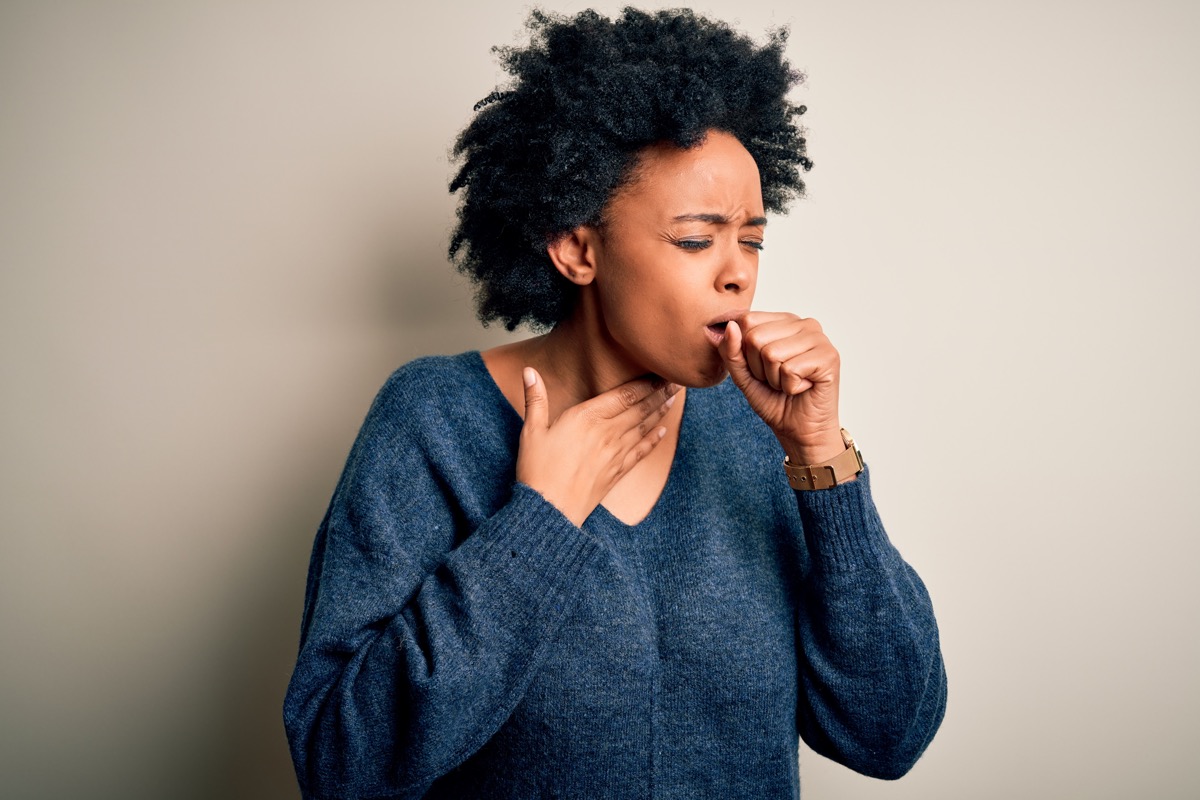“I have been diagnosed with Lymphoma,” Bridges tweeted on Monday evening. “Although it is a serious disease, I feel fortunate that I have a great team of doctors and the prognosis is good.” Bridges went on to say he would keep the public updated on his illness and noted how thankful he is for the love and support from his friends and family. Lymphoma is a cancer of the lymphatic system, which is your body’s network responsible for fighting germs, according to Mayo Clinic. The lymphatic system is compromised of the lymph nodes, spleen, thymus gland, and bone marrow. While both types of lymphoma are relatively rare, non-Hodgkin’s lymphoma is considered more common, according to the National Foundation for Cancer Research (NFCR). Hodgkin’s lymphoma is generally easier to detect because once it pops up in one of the lymph nodes—mostly in the neck, chest, or underarms—it progresses from one group of lymph nodes to the next, making it easier to track, the experts at NFCR note. The good news is Hodgkin’s lymphoma is one of the most treatable types of cancer. According to NFCR, over 90 percent of patients survive more than five years. However, non-Hodgkin’s lymphoma is a bit less predictable and often arises in different parts of the body, making it hard to diagnose at an early stage. It’s important to know the signs of developing lymphoma so you can catch it early. Here are the most common lymphoma symptoms you need to know. And to learn about the signs of another kind of cancer that recently took the life of Eddie Van Halen, These Are the Warning Signs of Throat Cancer You Need to Know.ae0fcc31ae342fd3a1346ebb1f342fcb People with both Hodgkin’s and non-Hodgkin’s lymphoma commonly experience enlarged lymph nodes in the sides of their neck, near their groin, in their underarms, or above their collar bone, according to the American Cancer Society (ACS). But if this is the only symptom you have, don’t panic. It’s also common among people with less serious infections, like a cold or sinusitis. When the enlarged lymph nodes are a result of lymphoma, they generally don’t hurt. On the other hand, if they are connected to an infection, they often feel tender to the touch, the ACS notes. And for more ways to distinguish a cold from a serious illness, check out This One “Wacky” Symptom Means You Have COVID, Not the Flu. Fevers as a result of Hodgkin’s lymphoma or non-Hodgkin’s lymphoma tend to be low-grade, according to Healthline. But they do often come with lymphoma, along with chills and night sweats. If you run a fever while you’re asleep, it could result in night sweats. Unexplained weight loss can be a symptom of Hodgkin’s or non-Hodgkin’s lymphoma. “With lymphoma, cancer cells can burn up more of your body’s energy resources while your body tries to fight these cells off. This can lead to sudden weight loss, especially since many lymphomas typically grow quickly,” according to Healthline. If you find that you lost 5 percent of your body weight in a month, or 10 percent within six months, the medical experts at Healthline encourage you to talk with your doctor. And for more on what could be putting you at risk, here are 30 Things You Had No Idea Could Cause Cancer. Fatigue and a lack of energy are common symptoms among cancer patients. While fatigue can accompany many illnesses, persistent fatigue is something worth discussing with your doctor. Healthline reports that fatigue is the most common symptom of lymphoma, ranging from mild to severe, and it can affect people with Hodgkin’s or non-Hodgkin’s lymphoma. To see what’s behind your exhaustion, check out 23 Reasons You’re Tired All the Time. If non-Hodgkin’s lymphoma begins to grow in the abdomen, you can experience swelling in your stomach due to enlarged lymph nodes or organs, like the spleen or liver, “but it can also be caused by the build-up of large amounts of fluid,” according to ACS. Lymphomas in the stomach or intestines can also be accompanied by abdominal pain, nausea, or vomiting. And for more up-to-date health information delivered right to your inbox, sign up for our daily newsletter. An enlarged spleen as a result of non-Hodgkin’s lymphoma could press on your stomach, causing a loss of appetite and feeling full after eating very little, says ACS. Healthline notes that this symptom is particularly common in children with lymphoma. People with both Hodgkin’s and non-Hodkin’s lymphoma can experience chest pain. If the lymphoma begins in the thymus or lymph nodes in the chest, it could cause pressure and discomfort. According to ACS, the lymphoma can sometimes also press on the trachea, which could cause you to have chest pain. Lymphoma Action says a dry cough, shortness of breath, and noisy breathing could all be symptoms of non-Hodgkin’s and Hodgkin’s lymphoma, and they note these can worsen when you’re laying down. These symptoms often accompany chest pain as they’re usually due to the same complication. Being more prone to infections, often the result of low white blood cell counts, is a symptom of non-Hodgkin’s lymphoma. According to the Rogel Cancer Center at the University of Michigan, this can indicate that the cancer is growing faster. Because of low blood platelet counts, people with non-Hodgkin’s lymphoma may find that they are bruising and bleeding more easily than usual, according to the Rogel Cancer Center. And for more symptoms to be aware of, check out these 40 Subtle Signs Your Body Is Telling You Something’s Seriously Wrong.









